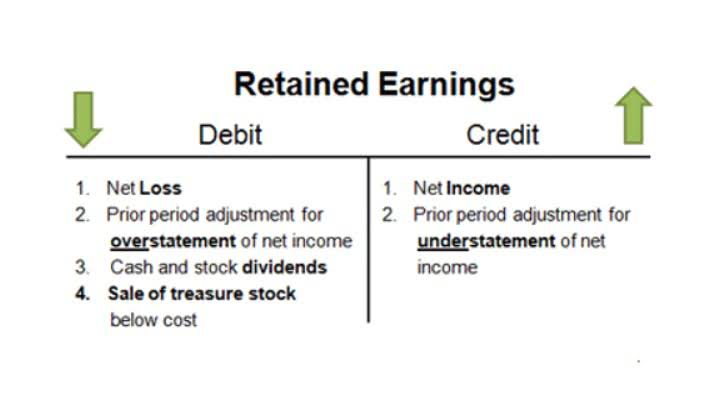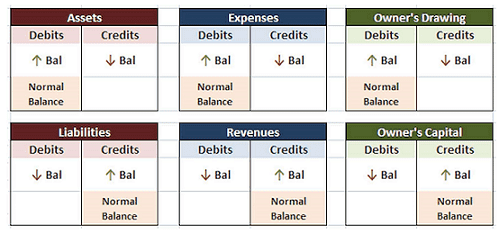
Completed Contract – Single revenue recognition moment when a client accepts the finished project after inspection. Equipment costs form sizeable project spends to mandating maintenance logs to determine capitalization vs expense decisions with depreciation impact appropriately reflected. By aligning methods to these influencing factors, construction accounting stays attuned to ground realities for financial excellence.
- You still have $10,000 in the account, but that’s less than you previously had in the plus column, financially speaking.
- Join us on this journey as we navigate the intricacies of construction in progress accounting and learn key strategies for success in construction financial management.
- However, the inclusion of all assets, regardless of their current usability, is crucial for a balance sheet’s accuracy.
- These two phrases might be used interchangeably, or they might mean something else entirely to two different businesses.
Its accounts and assets will be transferred to SBI VC Trade.
Complex construction projects involve numerous stakeholders, supply vendors, streams of expenses, and documentation. Accounting standards like IFRS and GAAP also include specific guidelines around contract revenue recognition and cost accumulation that construction firms must adhere to. The completed contract method does not rely on progress estimates and is easier to apply.
The Most Common Accounting Treatment of Underapplied Manufacturing Overhead

In the balance sheet, CIP accounts are typically classified as current assets or non-current assets, depending on the expected time of completion. This classification ensures that the value of ongoing construction projects is recognized, providing a comprehensive overview of the company’s financial position. In this article, we will provide an overview of the basics of construction in progress accounting and its importance in effective construction financial management. Recognizing revenue from Construction-in-Progress (CIP) cip accounting projects is a nuanced process that requires careful consideration of various accounting principles and industry standards. One widely adopted method is the percentage-of-completion approach, which allows companies to recognize revenue based on the project’s progress.
Accounting Methods for CIP

Construction in progress accounting plays a crucial role in tracking and managing construction costs throughout the entire construction project lifecycle. In this section, we will explore the unearned revenue various stages of construction in progress accounting, from project inception to completion. We will discuss the CIP accounting process and highlight the impact of CIP accounts on financial reporting. This transparency not only enhances stakeholder trust but also enables better decision-making in terms of project budgeting, resource allocation, and risk management.
Choosing The Optimal Construction Accounting Method
Allocating costs is a crucial aaccountingspect of construction-in-progress (CIP) accounting. It involves assigning expenses incurred during a construction project to the appropriate asset account systematically and accurately. CIP accounting https://www.bookstime.com/ is important to a construction company’s accounting system software because it allows businesses to track the progress of a construction project and monitor its costs.

